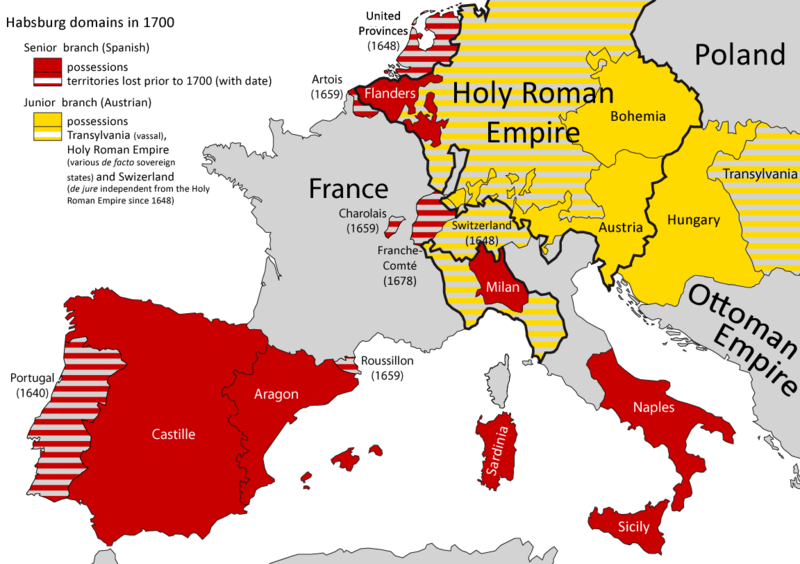On New Years of 1919, a bloody uprising of the communists
occurred, and by January 5, 1919, the Communists had won over the Brandenburg gate
and Berlin.
Friedrich Ebert, the Chancellor at the time, brought a
volunteer army into the city to regain control of Berlin, and by January 11,
Berlin had become a blood bath in battle. All of the buildings in central
Berlin had become fortresses and the volunteer army, called Freikorps, regained
control of the Brandenburg Gate and, essentially, Berlin.
Authorities began to put a poem in a poster campaign all
over the city, reading “Berlin, your dancing partner is death” The prophecy
would last almost a century.
The Chancellor’s army then went to look for the leaders of
the Communist group, Rosa Luxembourg and Karl Liebknecht, and after they get
questioned, they are hit on the back of the head with a rifle butt, and then
transported via car to the Landwehr Canal in Berlin. The army blew her brains
out and tossed her over the bridge into the canal. She crashed through the thin
ice, as it was January, and then she disappeared. As the century continued, the
canal slowly became the bloodiest channel in Berlin. It flooded underground
tunnels during the war and gathering dead bodies into the channel. It later got
nicknamed the “death strip”, separating East and West Berlin. It had always
been a dumping ground for the many killings and political assassinations. At
the time, the deaths of Rosa and Karl named the end of the Communist uprising,
but they have since become martyrs of Berlin.
After WWII, East and West Berlin raced to see who could
build a better Berlin. But while they were building, they were also tearing
down. The ruined royal palace of Berlin, the Schloss, was on East Berlin. The
Communist authorities felt that it brought the wrong history to their side of
Berlin. It was demolished in 1950. All of East Berlin were upset that it was
destroyed, because to the rest of Berlin, the palace was a huge symbol of their
past. The Schloss was Berlin’s most historic building, and the Communists
destroyed it. Where the Schloss once stood, now sits a sandy pit, as nothing
was ever put there, at the heart of the city. For 10 years after the demolition
of the Schloss, East and West Germany became more divided.
On a Sunday in 1961, the Communists decided to start working
on a structure that would affect the lives of all Berliners for nearly 3
decades. The day is known as “Barbed Wire Sunday” in English. The barbed wire
would soon be replaced by reinforced concrete and guard towers. The wall cut
everything in its path apart, including buildings, communities, and even cemeteries.
The building of this wall was the most grotesque thing anyone had seen in the
20th century. All new buildings were now based off of the wall,
instead of the Schloss like they used to reflect on.
After the wall was built, East and West Germany now competed
on who could build the taller building. West Berlin even built a political building
right next to the wall. East Germany then built 4 apartment buildings that put
the political building to shame. The East was also working on building a TV
tower, which was over 360 meters tall. Nothing could compete with the
replacement palace that East Berlin was building. It became the symbolic
building of the people, as many parties were held there. East Berlin was
separated on how to feel about the new palace, as it displayed a new beginning
to East Berlin, but it also ground in the fact that the old palace was
destroyed. When the Berlin Wall finally fell in 1989, the new Palace was viewed
as something that would not stay in the unified city, and in 2006, demolition
on the building began. It was claimed that the building had asbestos, but many
of the East Berliners claim that it was because it did not belong in their
history. Plans to rebuild the Schloss in the same location are in place, but not finalized due to disagreement among the people.

The Landwehr Canal, which now runs clear, used to be tinted red with all of the blood and dead bodies flowing through the water between World War I and II.
The Schloss Palace, which was the most symbolic building of Berlin, which ended up being torn down by the Communists. It is still undecided whether or not to rebuild the Palace.
The Brandenburg Gate is the primary building to have control of to have control of the city. During the time of war, whoever was in control of the Gate had control over Berlin.
After the building of the Berlin Wall, there was barbed wire which separated the two sides of Berlin from each other. This is the new view that East Berliners had of the Brandenburg Gate.
When the tearing down of the Berlin Wall occurred in 1989, both sides cheered, especially because many families were torn apart during the time it was built, and had not seen each other in 3 decades.














